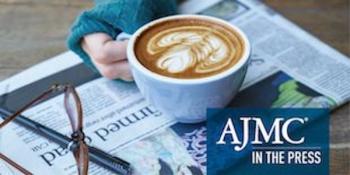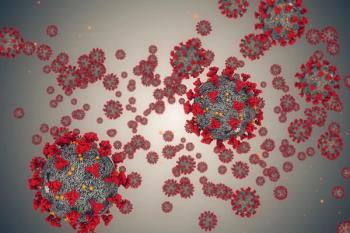Quote From a Survey Respondent
Why do I have to plead, negotiate, yell, follow-up, and chase down the drugs and supplies I need to stay alive every month?—a US adult with T1D and partial health care coverage, responding to T1International’s 2022 Out-of-Pocket Expenses survey.
T1International advocates for individuals with type 1 diabetes (T1D) worldwide to have adequate, equitable access to insulin and diabetes supplies. Unfortunately, new survey results indicate that such access remains elusive.
“Even in this sample of participants from mostly high-income countries, a significant number rationed insulin and glucose testing supplies,” noted the authors in Frontiers in Clinical Diabetes and Healthcare.1 They added that previous research shows a potential connection between rationing and out-of-target glycemic outcomes, which in turn increases an individual’s risk of diabetes-related complications.”2,3
As such, advocacy remains crucial to encourage “health care systems improvements at the governmental level, and price reductions of insulin and diabetes supplies at the global level.
“Without insulin,” the authors reminded, “a person living with T1D cannot survive.”
About the survey. The authors believe their cross-sectional, web-based, English-language, global survey—also executed in 2016, 2018, and 2020—was the first, and remains the largest, to examine self-reported expenses and rationing of insulin and diabetes supplies. The 2022 edition received usable responses from 989 people (766 with T1D and 223 who care for children with T1D) in 69 countries. The main analysis included responses from 731 people in the 7 countries that each had 25 or more responses: the US, India, the United Kingdom, Sweden, Canada, Panama, and Germany.
Participants’ health care coverage varied widely. “[There was] mostly full coverage in Sweden (74%) and the United Kingdom (63%), full (48.1%) and partial (51.9%) coverage in Germany, mostly partial coverage in the United States (88.5%) and Canada (85.4%), mostly partial coverage (60.6%) with the remaining having no coverage (39.4%) in Panama, and mostly no coverage (97.2%) in India.”
The participants with partial health care coverage reported the highest mean monthly OOP expenses (US$434.90), about US$90 higher than those with no coverage. Those with full coverage reported the lowest mean monthly OOP expenses (US$21.20), more than US$300 less than those with no health care coverage and more than US$400 less than those with partial coverage.
Although among the 10 wealthiest countries in the world, the US “exhibited the highest standard deviation of OOP [expenses],” noted the authors, “corroborating research that demonstrates vast inequities in health care access” in this country. Additionally, “US participants reported the highest mean monthly OOP [expenses].”
Aside from India’s lack of health coverage, the investigators declared, “stigma related to social status and gender and health care provider attitudes may also contribute to rationing for some individuals.”
The human impact. The authors presented some qualitative responses to give clear, often painful insight into challenges experienced by people with different coverage levels.
From Panama, a caregiver: “The coverage of [diabetes] supplies is covered by [the] government just because my child is underage [18 years]. Once he is over 18 years, he will [no] longer have [these] supplies as [a] priority.”
From Canada, a person with T1D and 80% health care coverage: “I am fortunate to have 80% coverage; however, I have to pay for it upfront and I am [reimbursed] in a week. That week makes a big difference, especially when supplies are only dispensed for 30 days. I know I am one of the lucky ones, but I am struggling.”
And from the US, a person with T1D and partial health care coverage:“Insulin is a basic human right. I know I’m privileged, and I have never known the pain of rationing, but I will keep fighting for our right to live as long as it takes.”
References
1. Souris KJ, Pfiester E, Thieffry A, et al.Out-of-pocket expenses and rationing of insulin and diabetes supplies: findings from the 2022 T1International cross-sectional web-based survey. Front Clin Diabetes Healthc. 2024:5:1293882. doi:10.3389/fcdhc.2024.1293882
2. Herkert D, Vijayakumar P, Luo J, et al. Cost-related insulin underuse among patients with diabetes.JAMA Intern Med. 2019;179(1):112-114. doi:10.1001/jamainternmed.2018.5008
3. Kilpatrick ES, Rigby AS, Atkin SL. A1C variability and the risk of microvascular complications in type 1 diabetes.Diabetes Care. 2008;31(11):2198-2202. doi:10.2337/dc08-0864
















































